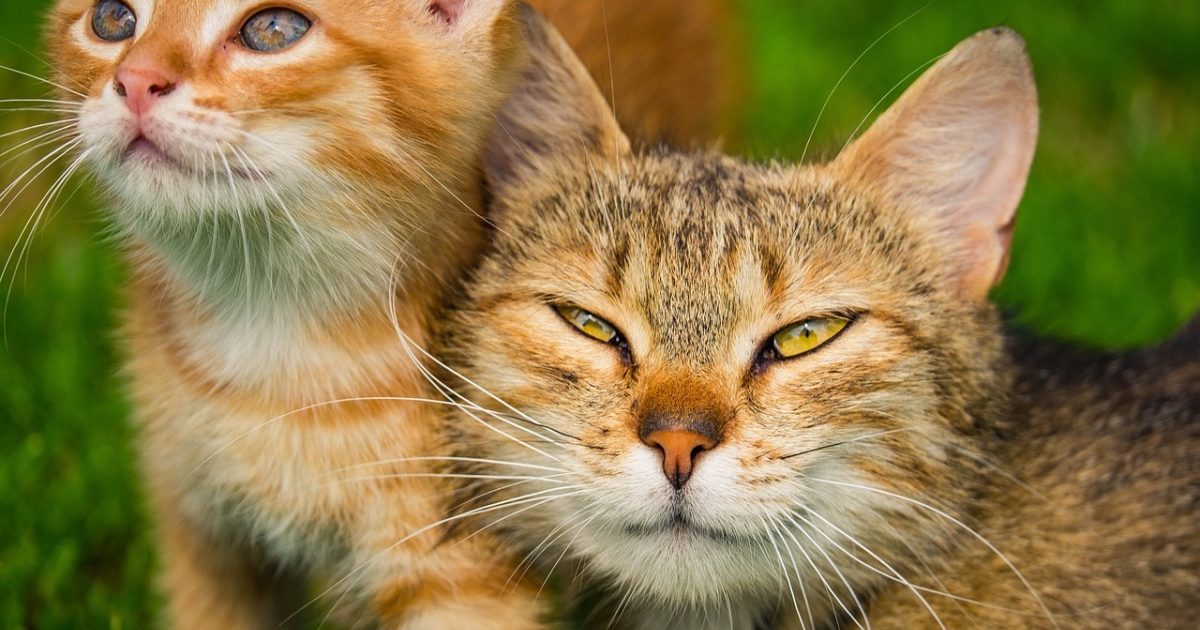Common Fur-Related Diseases in Cats and How to Treat Them
Cats are known for their soft, shiny fur, which not only keeps them warm but also serves as an indicator of their overall health. However, fur-related diseases in cats are more common than many pet owners realize. These conditions can lead to excessive shedding, bald patches, skin irritation, or even secondary infections if left untreated. Understanding the causes, symptoms, and treatments of fur diseases is essential for every cat owner.
1. Feline Dermatitis
Causes:
-
Allergies (food, pollen, fleas)
-
Environmental irritants
-
Insect bites
Symptoms:
-
Itching and scratching
-
Red or inflamed skin
-
Fur loss or scabbing
Treatment:
-
Identifying and removing allergens
-
Anti-inflammatory medications
-
Special diets or supplements

2. Ringworm (Dermatophytosis)
Causes:
-
Fungal infection
-
Highly contagious to other pets and humans
Symptoms:
-
Circular bald patches
-
Scaly or crusty skin
-
Broken hairs
Treatment:
-
Antifungal creams or oral medications
-
Disinfection of the home environment
-
Quarantine in severe cases
3. Flea Allergy Dermatitis (FAD)
Causes:
-
Allergic reaction to flea saliva
Symptoms:
-
Excessive licking or biting
-
Fur thinning on the back and tail
-
Small red bumps or scabs
Treatment:
-
Flea prevention treatments
-
Antihistamines or steroids
-
Regular grooming and cleaning
4. Mange (Scabies or Demodectic Mange)
Causes:
-
Mite infestation
-
Weakened immune system
Symptoms:
-
Severe itching
-
Fur loss and scabs
-
Thickened or crusty skin
Treatment:
-
Prescription antiparasitic medications
-
Medicated shampoos
-
Veterinary monitoring
5. Psychogenic Alopecia
Causes:
-
Stress or anxiety
-
Boredom or environmental changes
Symptoms:
-
Overgrooming
-
Bald spots, especially on the belly or legs
-
No visible skin irritation
Treatment:
-
Environmental enrichment
-
Anti-anxiety medications
-
Behavioral therapy
Preventive Tips for a Healthy Cat Coat
-
Regular grooming and brushing
-
High-quality, balanced diet
-
Flea and parasite prevention
-
Routine veterinary check-ups
-
Reducing stress in the home environment

Conclusion
Fur-related diseases in cats can be distressing for both felines and their owners. Early detection and proper treatment are crucial to restoring your cat’s coat to its healthy condition. If you notice unusual hair loss, itching, or changes in your cat’s fur, consult a veterinarian as soon as possible.
Pet Hair Allergy: Common Symptoms and How to Manage It
